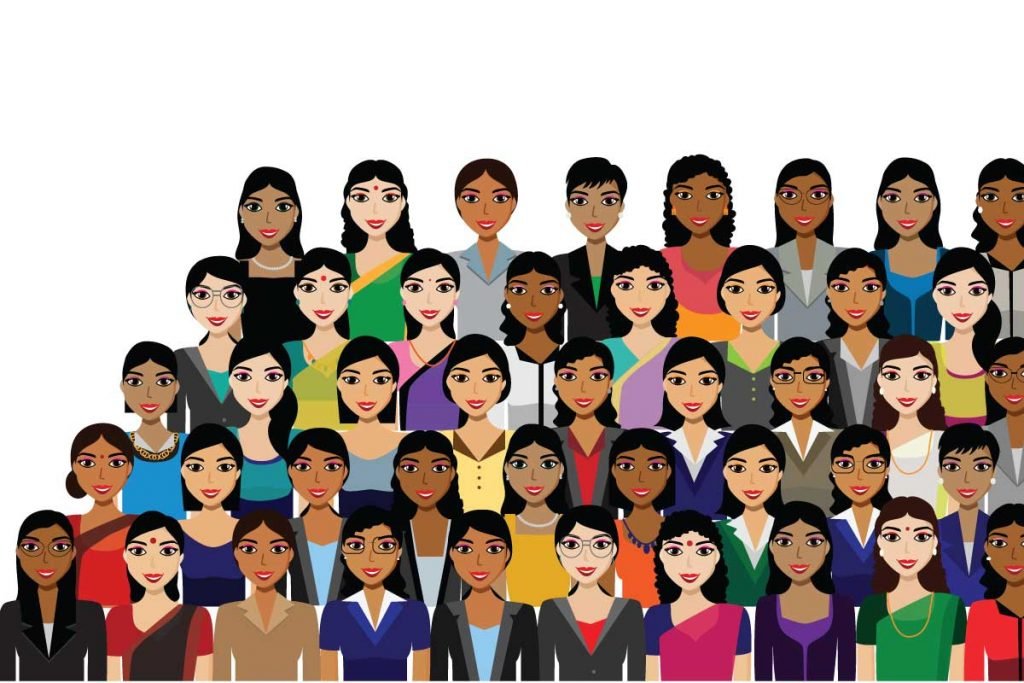Gender parity in the workplace: Waking up to change

Women, on the other hand, are expected to pull their weight in the home from an early age, in school and college. If they are urban, they’re expected to find a great job with a good company in the hope this will enhance their prospects and guarantee a good marriage. And the unfortunate segue is that marriage or children are often the end of a promising career. I may be generalising here, but when this is true for over 90% of all Indian women, generalisation is warranted.
A McKinsey report from 2015 makes a compelling economic argument for gender parity in the workplace. The report states that $700 billion of additional annual GDP in 2025 could be added in India by fully bridging the gender gap in the workplace – 16% higher than business as usual GDP in 2025. That India can bring 68 million more women into the workforce by 2025, 70% of these from the top 10 states.
Makes you wonder then why we aren’t hiring more women or doing more to make it easier for them to continue their careers without penalty after they have children. I’ll be honest here. This problem is at Fabtech too. Fabtech’s current gender parity isn’t something I’m proud of. But we are changing this, starting now. And my reasons aren’t only economic.
- Representation: Women account for 48.5 percent of our population. And they are severely under-represented everywhere, whether in access to sanitation facilities or government or corporate leadership. Women hold only 7.7% of board seats and just 2.7% of board chairs. 54% of companies on the Bombay Stock Exchange 100 have no women board directors.
- Financial Inclusion: Women must have parity on financial independence. Not only does this add to purchase power but it makes women the masters of their destiny, the same freedom men enjoy. And this can take many forms – for example, organisations like Rang De are doing stellar work to encourage women entrepreneurs through microloans.
- Complementing Energies: Women are multi-taskers, patient, analytical and focused. They are nurturers and team players. Gender parity in the workplace is a great way to bring together different energies that complement each other.
- Role Models: The next generation of women needs more role models like Indira Nooyi, Kiran Majumdar Shaw, Sairee Chahal and my veteran colleagues Melitta, Rajshri, Sangeeta and Saroja to look up to. And the more women in the workplace, the larger the pipeline to leadership.
- Organisational Culture: Gallup studies show women managers have more engaged teams than men which in turn means higher-performing teams. Women managers are better at giving feedback, developing, motivating and inspiring others, building relationships and integrity and engaging in self-development, collaboration and teamwork.
We’re committed to achieving gender parity at Fabtech by 2021, and we’re working on a plan to get there. I know it is going to take a lot of work and a lot of constructive changes to make this happen, but like everything else we set our minds to, we will make it happen. And we’ll probably get there faster with more women applying to work with us now as we chart our course for a workplace with gender parity. So send us your CV. Help us make a change.
Categories
Recent Posts
Subscribe
Never miss a post from Fabtech. Sign up to receive updates direct to your inbox.
